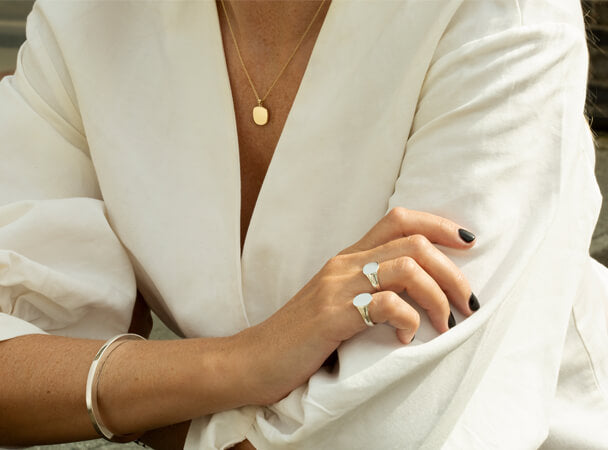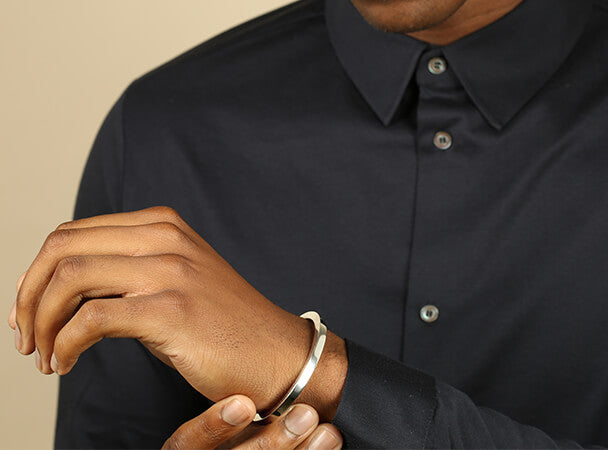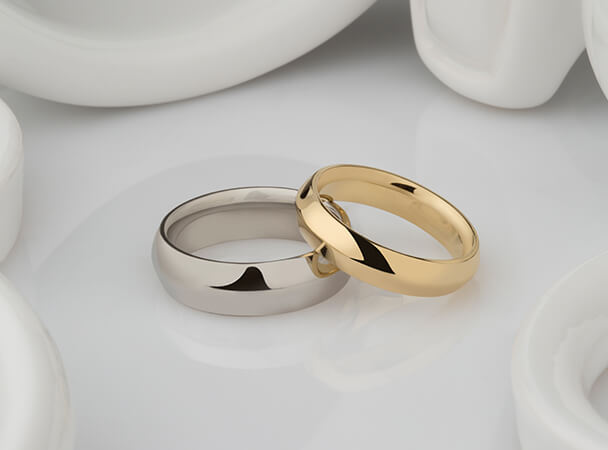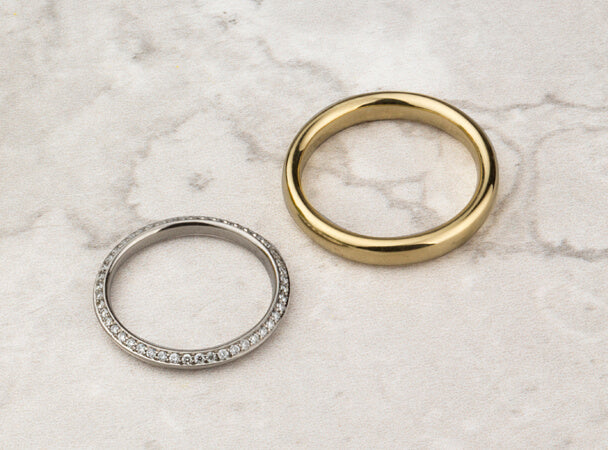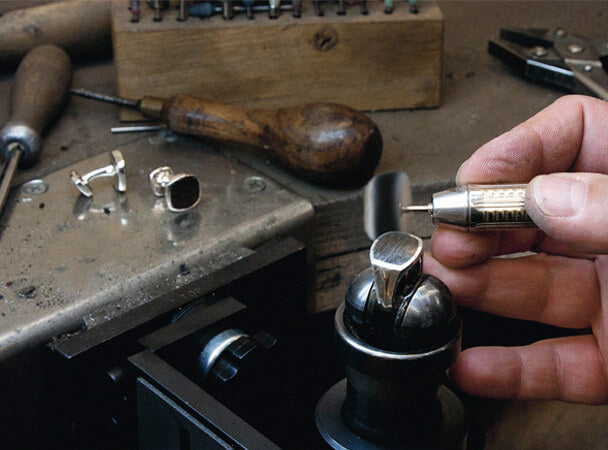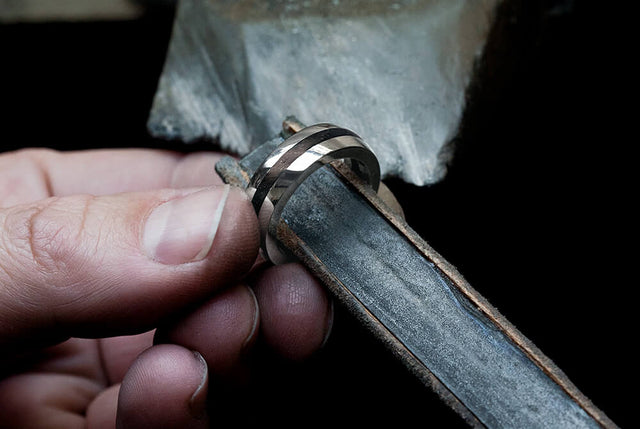What Is A Pear Cut – Our Fine Jewellery Guide
Like its cousin, the Trilliant cut, the Pear cut shares elements of the Brilliant cut, meaning that is has all of the advantages of this classic round cut, but with an interesting twist: one pointed end of a Marquise cut. As its fruity name suggests, the cut gets its name from its distinctive, and rather luscious, shape. Just as a perfectly ripe pear is just asking to be bitten into, this cut is beguilingly tactile and needs to be touched and admired from all angles to really appreciate its qualities.
The pear, or teardrop, was developed in the 1400s by Flemish cutter Lodewyk van Berquem, himself inventor of the diamond polishing wheel. This newly developed tool allowed van Berquem to perfect the arrangement of facets and symmetry, achieving the height to depth ratio that gives the Pear the fire, scintillation and brilliance of an ideal brilliant cut stone. As with the Marquise and Oval cuts, the Pear cut can suffer from a ‘bow tie’ effect when light refracting through the centre of the stone casts a shadow across the facets. In the hands of the most skilful cutter this effect is barely noticeable, and thus is a good measure of the highest quality stones.
Since it was created, the Pear cut diamond has had a long and illustrious history. Its unique shape, rounded at one end and pointed at the other means that cutters have been able to fashion unusually large, flawless stones. One such stone is the infamous 69 carat Taylor-Burton diamond purchased by Richard Burton in 1969 during his tempestuous relationship with that ultimate bastion of Hollywood glamour, Elizabeth Taylor. Such was the fascination with this stone that it was put on public display before being flown to its new owners, during which time 6000 people a day queued just to get a glimpse of its dazzling curves. Another famous beauty is the staggering 503.20 carat diamond, Cullinan I, adorning the Imperial Sceptre of the Crown Jewels.
But you don’t need to be a film star or a queen to own one of these fabulous stones. The clean classic lines of this cut means it is as well suited to a ruby or sapphire as it is to a diamond, and the shape makes it a perfect accompaniment to other cuts of stone, complementing and contrasting with them.
Stephen’s new Trinity collection marries the ‘round with the tear’, adding two Pear cut stones into his beautiful elegant settings, alongside a central Brilliant cut. It is a classic signature design: modern yet with a nod to the historical; very wearable but uniquely eye-catching. And after all isn’t that what you really want in a piece of fine jewellery? Something oh so easy on the eye… and to fall in love with.
